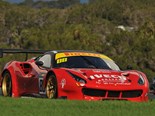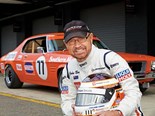1956 AC Aceca Coupe - Past Blast















|

|

|

|

|

|

|
Hand made in tiny numbers, this baby brit spawned some monsters
We’ve all heard about AC Cobras, made famous by Carroll Shelby. However the car which donated the chassis and body to that project, the AC Ace, is a much more obscure machine. In fact, AC is a brand you really don’t hear around the traps any more – if you do, you’re listening to serious car nuts. But here’s another twist on that story: the Aceca.
The UK’s AC company could trace its car-making history back to 1903 (and its corporate history to 1901), when it presented its first model, branded as a Weller, at a show at London’s Crystal Palace. It had a fairly colourful history over the years, picking up some significant race wins while changing ownership and structure as the winds of the Great Depression of the 1930s and then World War II took effect.
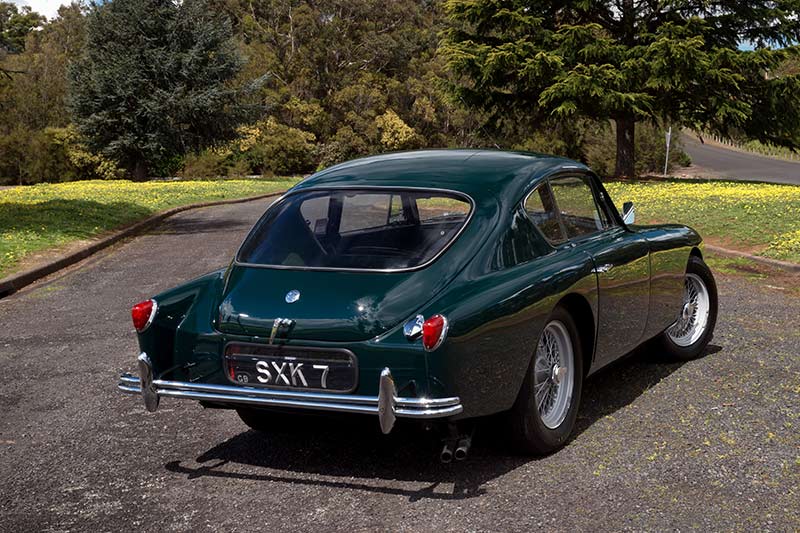
Really the AC Ace – which was to morph into a Cobra – was a major breath of fresh air for the company, when it was introduced in 1953. It ran the firm’s own inline six engine – a design that dated back to1919 – mated to a four-speed transmission. It might not sound like a fire-breather, but its light weight meant it was quick enough for the time, thanks in part to the hand-beaten aluminium bodywork.
Give it another year, and the company is confident enough to launch the car you see here – a coupe version of the topless Ace, called the Aceca.
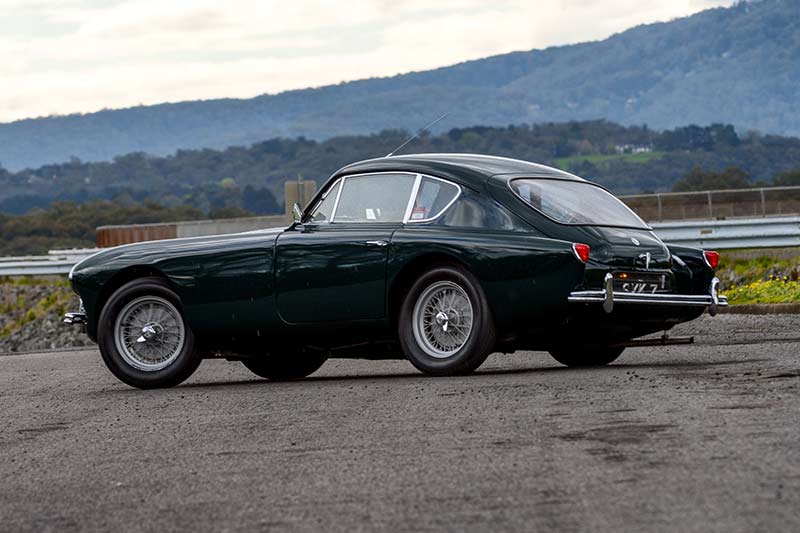
This 1956 example is the first-generation Aceca, with the AC two-litre inline six engine. Few were built and the visual give-away for the early cars is the squared-off bottom corners of the windscreen, when later versions had rounded corners.
Of course you open the bonnet and the engine itself is a major clue. Acecas were fitted with three different powerplants over their lifespan: the 90hp 2.0lt AC six (an ageing but quite advanced SOHC design), a 2.0lt Bristol six and the 2.6lt Ford Zephyr six. Just 151 of the originals were made, 169 of the Bristol engine cars and eight of the Ford engine coupes.
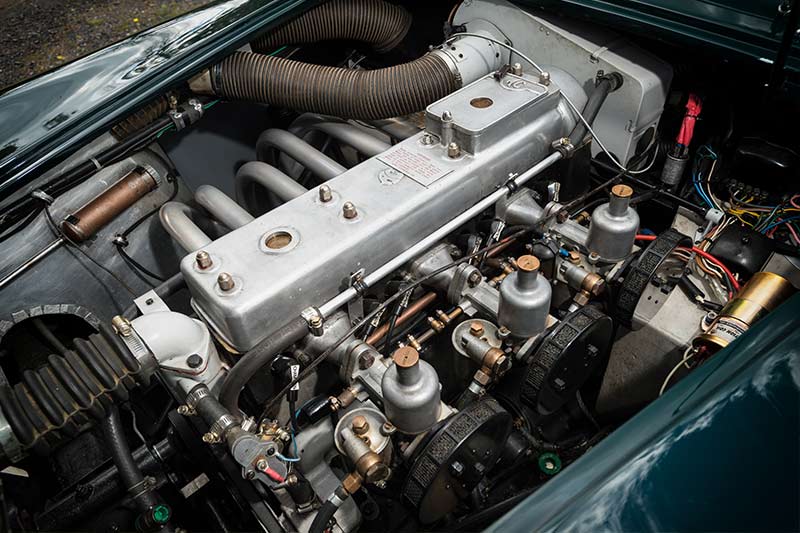
To all intents and purposes, these were hand-built cars and the coupes, despite being a little heavier than their roofless cousins, were a little quicker thanks to better aerodynamics. And it would be a mistake to think it’s ‘just’ an Ace with a roof screwed on top. You could in fact get a hardtop for the Ace, but this car shares no panels with its topless sibling. So says a restorer’s guide written by Rinsey Mills, entitled Original AC Ace and Cobra. There are some significant differences in the construction of the two variants, such as different bulkheads, along with door and hatch frames.
Getting inside the car is like stepping back in time – I think I would have got on well in the 50s, so maybe I was born a little late! Inside is colour-matched racing green leather (a rare and possibly one-off fitting), with acres of timber veneer and lots of dials and toggle switches. Very English.

David Miller, the current ‘caretaker’, says he’s just the third owner. He recently got it from a former British Naval officer, who bought it in 1973. It came with a well-documented history and is an unbelievable find. "It’s a real privilege to be the custodian of a car that, if it could speak, could tell some incredible stories," he says. Amen to that.
Many of the originals would have been re-engined or messed about with in one way or another over time. We don’t know how many survivors there are but it won’t be a big number, even though they’re now a highly-prized machine.
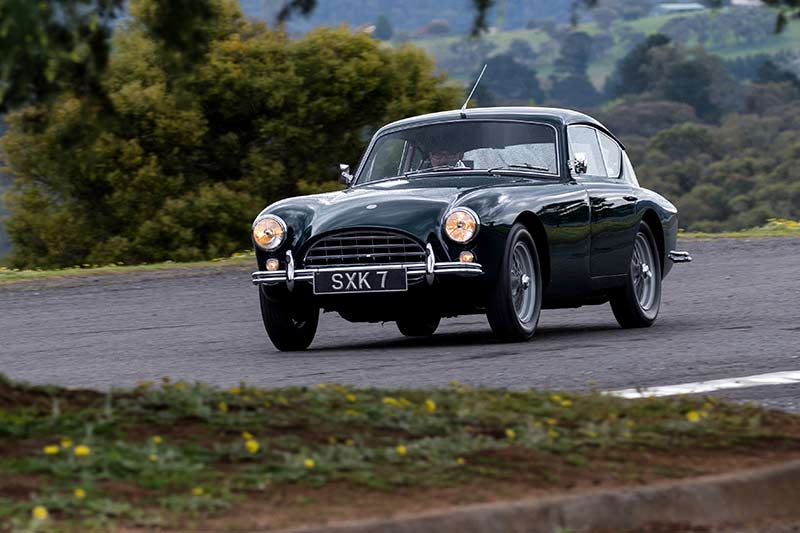
Driving it is very old-fashioned – you need to sit back, relax and think of England. The steering wheel is big and close – there’s no long-armed driving positions here! It’s not fast in a modern sense, but it’s great fun to be in. The engine is very smooth and the gearshift is easy on the way up (so long as you give it time!) and needs to be double declutched on the way down.
Meanwhile the brakes are the original drums, which need a lot of pressure and they really only slow you down rather than stop you.

Still, you have to remember these were a successful race car in their day so you need to look at it from the context of its era. I think what wins you over with this car is that lovely English feel about the interior – it’s very special.
SPECIFICATIONS
1956 AC Aceca Coupe
BODY: tube chassis with timber frames and aluminium skin
ENGINE: 1991cc 2-valve SOHC inline-6 aluminium block (AC engine)
TRANSMISSION: 4-speed manual
SUSPENSION: Transverse leaf springs (f/r) with wishbone front and articulated rear half axles
BRAKES: Drums (f/r) to 1956
POWER: 67kW (90hp)
TOP SPEED: 170km/h (105mph)
Unique Cars magazine Value Guides
Sell your car for free right here
Get your monthly fix of news, reviews and stories on the greatest cars and minds in the automotive world.
Subscribe

.jpg)



